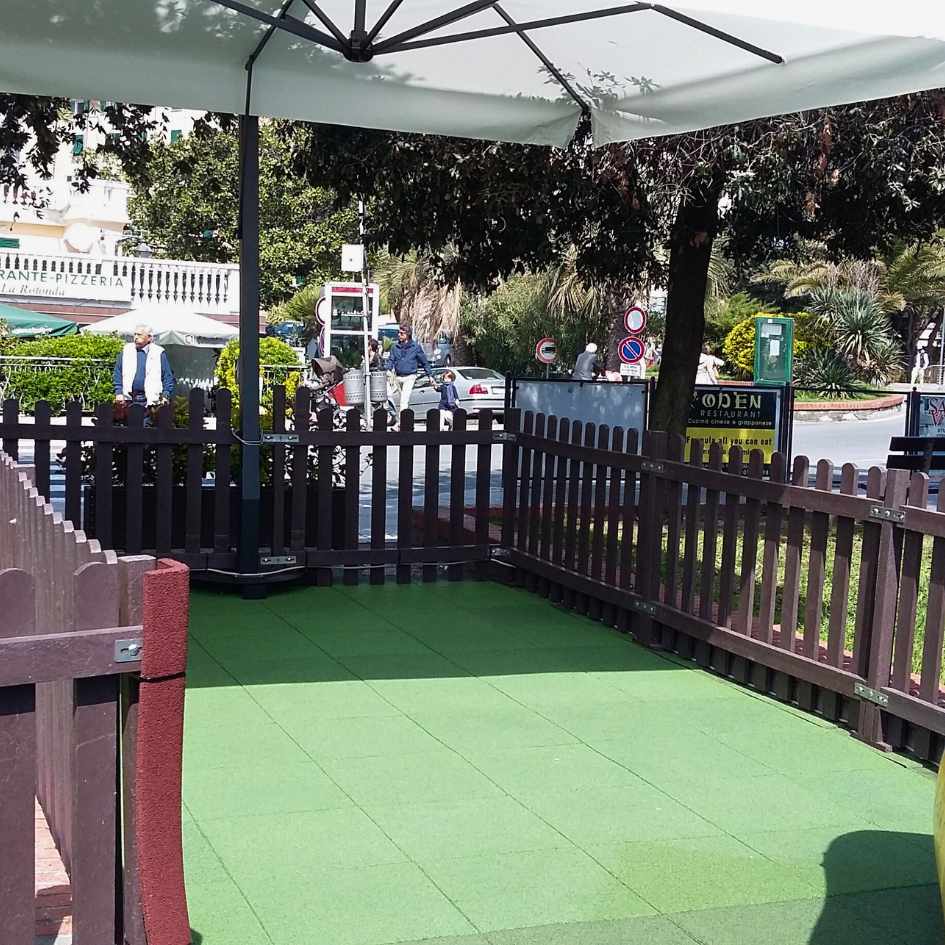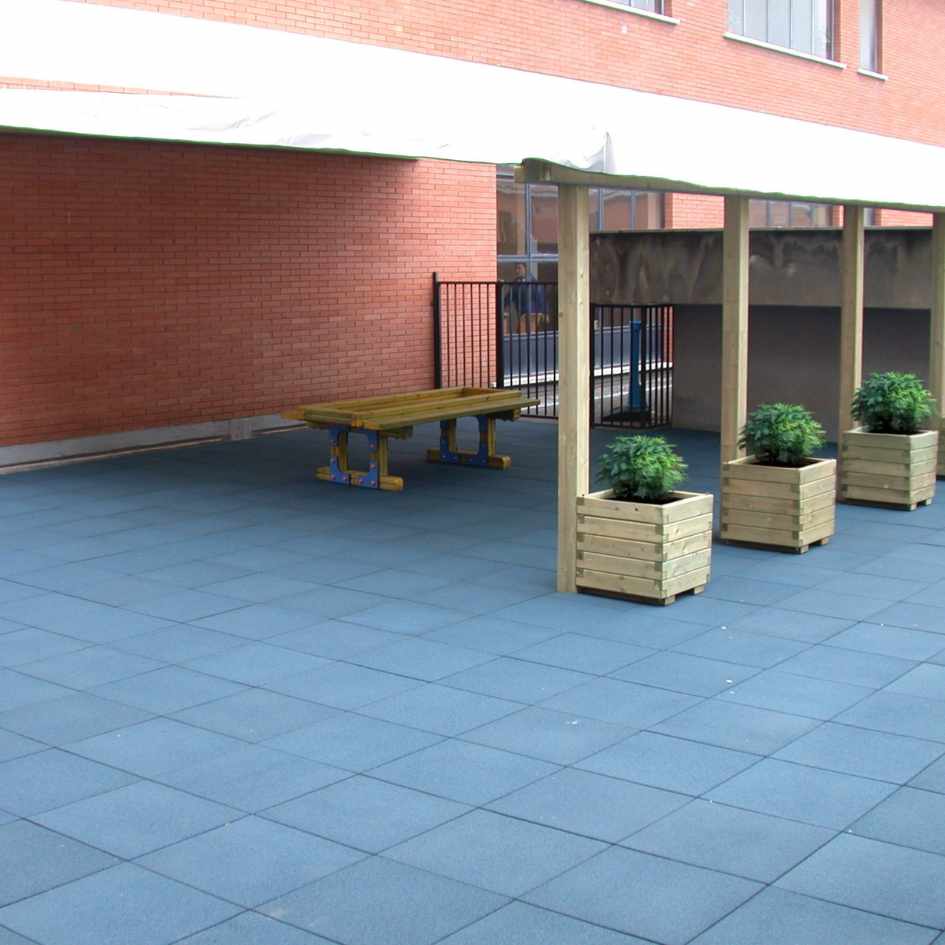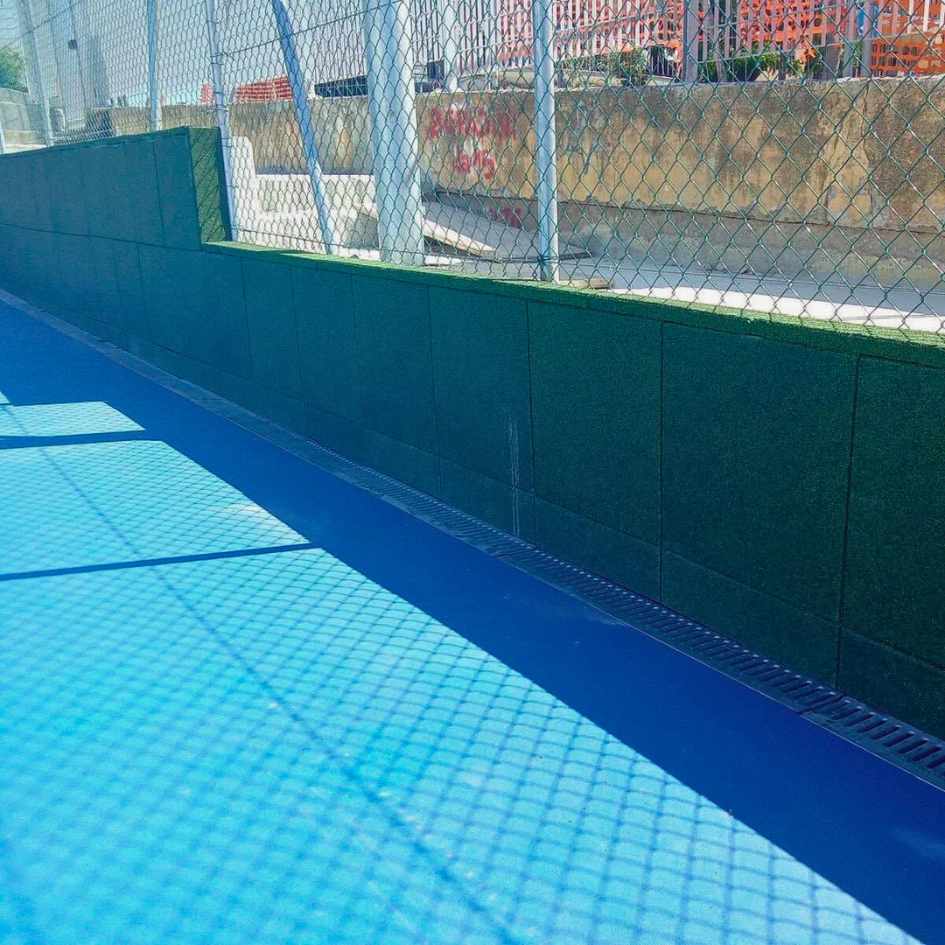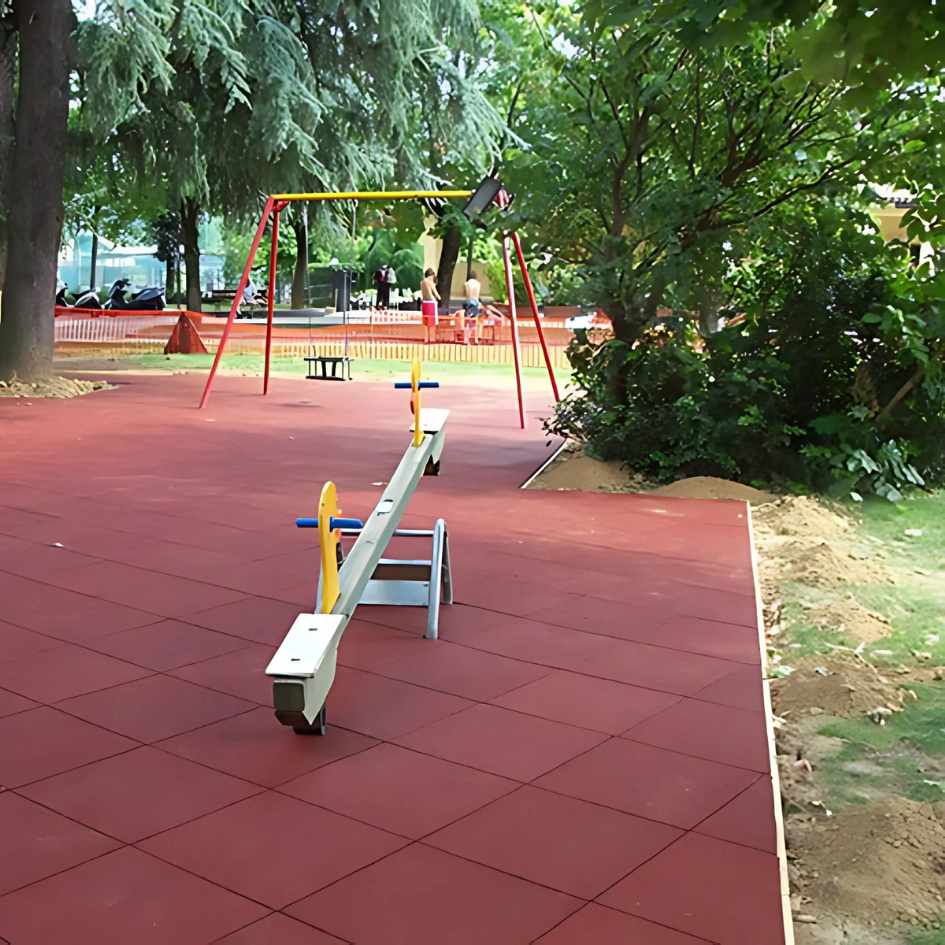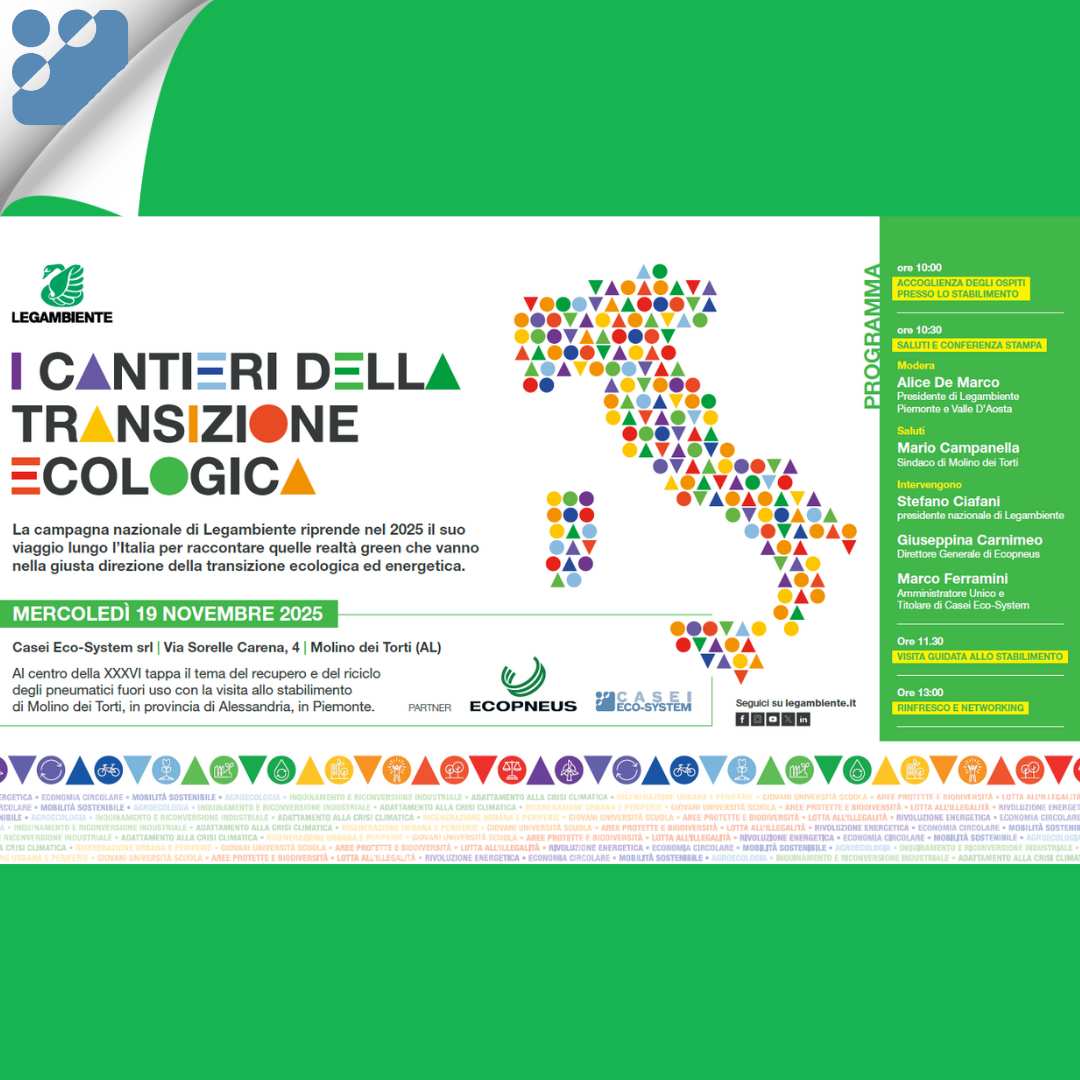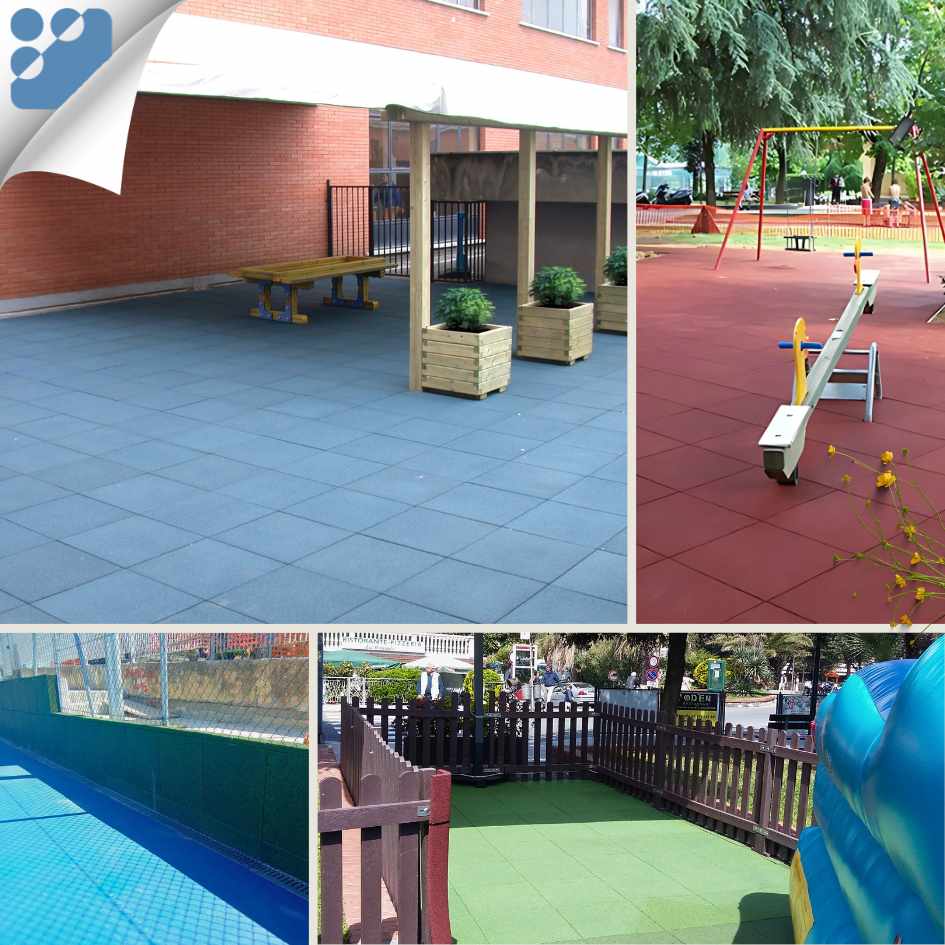
we wanted to talk to you about
Outdoor rubber, including practical choices, installation and maintenance.
When we think of covering terraces or gardens, wood, stone or stoneware often come to mind. But in recent years more and more people have discovered a viable alternative: outdoor rubber flooring.
These are practical, safe and versatile surfaces that transform residential spaces into everyday living spaces. Rubber offers a comfort in stride that rigid materials do not, reduces slip hazards, resists sun, rain and frost, and requires very little maintenance. Plus it offers a feeling of insulation, cushioning our steps, that no other alternative allows.
In this guide we will look at why it pays to choose rubber, where best to use it, the most popular types, tips for installation and maintenance, with some practical tips on products developed by us.
Why choose rubber for outdoor flooring?
The reasons are concrete and everyday:
Non-slip safety: the rubber maintains grip even when wet, limiting the risk of accidental falls.
Comfort: more elastic than tile or concrete, walking on it is pleasant!
Weather resistance: not afraid of frost.
Natural drainage: many solutions are designed to facilitate water runoff.
Quick installation: plates and rolls are installed without demolition or invasive work, even over existing pavement.
Minimal maintenance: just water and “elbow grease” to keep it clean.
Straight: In multi-purpose residential spaces such as courtyards or driveways, recycled rubber slabs such as ECO-PAV combine strength and ease of installation.
Where to use rubber in residential spaces?
Terraces and balconies
Often underestimated, terraces and balconies become more welcoming with a surface that reduces summer heat and improves insulation.
Example: draining solutions such as ECO-ROOF prevent stagnation and protect the underlying sheathing.
Gardens and driveways
The main problem in gardens is mud after rain. With rubber, driveways remain workable and safe.
Example: the modules ECO-PAV allow paths to be paved in a stable manner.
Wellness areas
A healthy lifestyle and an eye for one’s fitness need an appropriate space for daily exercise routines.
Example: draining mats such as ECO-GYM o ECO-GYM TOP are developed precisely for sports uses.
Domestic play areas
Children need safe and comfortable surfaces. The right flooring allows them to play safely.
Example: the tiles ECO-SOFT are designed for outdoor play spaces.
Home and garage gym
Many turn garages and porches into home gyms. Rubber protects the bottom and absorbs shock.
Example: the models ECO-GYM and ECO-GYM TOP are specifically for use with tools and weights; for large areas, the rolls ECO-GYM ROLL reduce joints.
| Type | Features | Benefits | Recommended use | Product example |
|---|---|---|---|---|
| Modular Tiles | Square/rectangular formats; lay-on installation | Simple installation; point replacement | Terraces, balconies, driveways, play areas, gyms | ECO-PAV, ECO-ROOF, ECO-SOFT, ECO-GYM |
| Rolls/mats | Continuous coverage with few joints | Uniform appearance; quick installation over large areas | Garage gyms, fitness areas | ECO-GYM ROLL |
| Drainage solutions | Structure that promotes water runoff | No stagnation; more safety from wetness | Swimming pools, terraces, wetlands | ECO-HOLMAT, ECO-ROOF |

